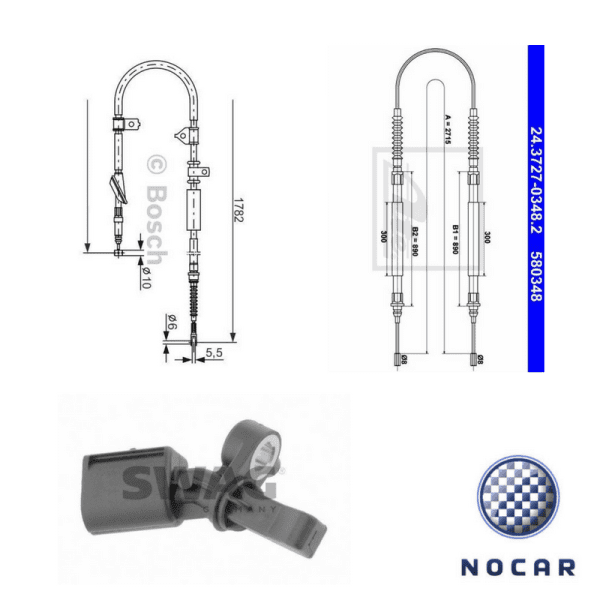
How to brake safely on slippery roads?
Content
The slippery road in the autumn-winter period should not surprise anyone. However, even experienced drivers often forget that driving in rainy weather requires extra care. The weather outside the window does not spoil us, so it is worth remembering the basic information about safe braking in difficult conditions.
What will you learn from this post?
1. Why can't you drive fast when the road is slippery?
2. How to inhibit pulsating?
3. What is ABS braking?
TL, д-
Braking is an extremely important activity and you must exercise extreme caution. If the road is slippery, slow down. It is good to slow down with impulses or with ABS.
Gas leg!
Many drivers strive to drive fast. When they see the road is slippery they slow down for a while, and then, after a few kilometers, unconsciously accelerate. They forget it the braking distance on a slippery road is significantly increased. Too fast driving often leads to tragedy - every day you can hear dozens of accidents in the news caused by breakneck speed in dangerous conditions.
Although road signs often indicate the required speed, if the road is slippery, it is better to go slower. This allows you to react more quickly in the event of skidding or other adverse conditions. The higher the speed, the more severely the braking conditions deteriorate.... When on a dry road, the braking distance is 37-38 m, on a wet road it increases to 60-70 m.

Pulse braking - why should you use it on slippery roads?
Impulse braking is jokingly called poor-for-the-poor. The only difference is that the frequency of the braking pulses is controlled by a human, not a computer... It is based on the fact that when braking, you do not constantly press the brake pedal, but press it into the floor and squeeze it out as often as possible.
What to consider when using impulse braking? First of all, do not press down on the pedal with your heel, which rests on the floor of the car. It is best to do this with fingers that are in contact with the brake pedal axis. Thanks to this, it will not completely brake, which will make it the frequency of the impulse pressures can even double.
If the car does not slow down when the brake pedal is pressed and the steering wheel does not respond well, you should start to slow down the pulsating... The pressure should not be too great. each release of the brake pedal should unlock the wheels. The wheels should be locked by pressing the pedal to the floor.
ABS - is it really that safe?
First of all, it is worth realizing that the use of ABS does not free anyone from thinking... Therefore, be especially careful in difficult conditions. Highlighted in the ABS system two types of braking: normal and emergency. At first ABS performs only a control function... If the ABS detects that the wheel is not stuck, then it does not interfere with the brake fluid pressure.
But what if the ABS detects that the wheel is jammed while braking? It then adjusts the pressure in the wheel's hydraulic system to obtain the maximum possible braking force.... A wheel in a car should only be locked for a moment, because only the smooth rolling of the wheels on the surface ensures effective control of the car.
It is important that when braking with the ABS, press the brake pedal fully and do not release it until the vehicle comes to a stop. Rough terrain should also be avoided, which can adversely affect the braking process.
It is worth remembering that braking on slippery surfaces requires special care. That's why it's better this way don't go too fastand use it for braking ABS system Or stop the car by impulse method.
Are you looking for spare parts for the brake system?eg ABS sensors or brake cables? Go to avtotachki.com and check out our offer. Welcome!

Do you want to know more? Check:
The most frequent breakdowns of the brake system
How to recognize a brake system malfunction?
Cut it out,
